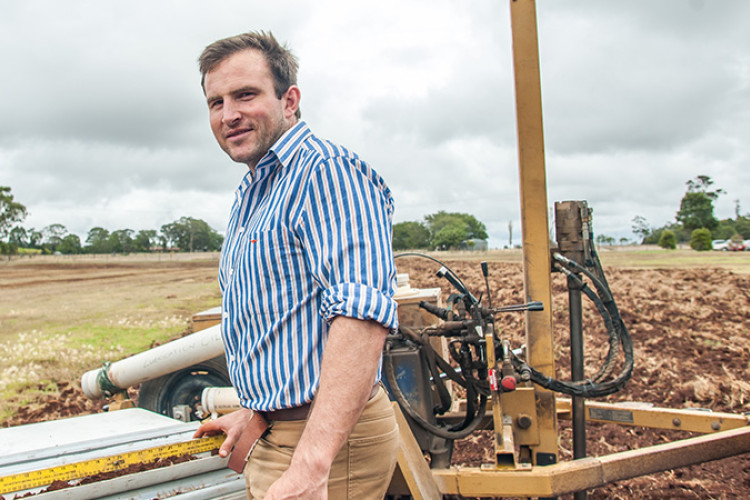Agricultural
19 July, 2021
Better soil testing could ‘save dollars on-farm’
A leading soil scientist is calling for an urgent rethink of how soil constraints are assessed with concern that an over-reliance on a commonly used soil test is resulting in costly and ineffective soil management strategies on-farm 38 per cent of the time.

University of Southern Queensland’s Professor John Bennett is leading a $3.3 million Grains Research and Development Corporation (GRDC) investment investigating strategies to overcome two key constraints, dispersive and compacted soils.
Findings from the five-year project have delivered new understanding to when growers should use gypsum to improve ‘sodic’ soils.
Professor Bennett said the grains industry had traditionally used exchangeable sodium percentage (ESP) tests to determine a soil’s sodicity and dispersiveness, which was then used to inform the gypsum application.
Traditionally, where the ESP has been greater than five per cent, gypsum application has been recommended to correct dispersion.
Dispersive soils have structural instability which often results in surface crusting; a reduction in infiltration, soil water storage and availability; increased run-off; and associated poor crop emergence and yield.
Sodic soils tend to be naturally occurring and refer to the presence of too much sodium in the soil.
As the level of sodium increases plant nutrients such as calcium, magnesium and potassium can be diminished.
“Growers and farm advisers have tended to use the terms sodic and dispersive interchangeably,” he said.
“However, importantly this new research has reinforced that not all sodic soils are dispersive.
“So, relying on an ESP test alone to determine whether gypsum is needed is inaccurate and is costing growers in terms of unnecessary soil input costs that won’t translate to yield gains.”
As a result, Professor Bennett and his team are pushing for a standard ‘dispersion test to measure soil stability’ to be introduced as part of on-farm soil analysis.
“An ESP test will still be carried out – to calculate the amount of gypsum needed – but a gypsum recommendation will only be made where dispersion is observed,” he said.
For more on the research and findings go to: https://groundcover.grdc.com.au/agronomy/soil-and-nutrition


